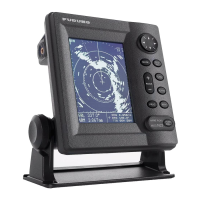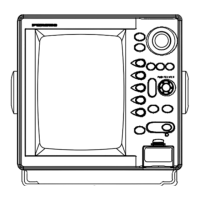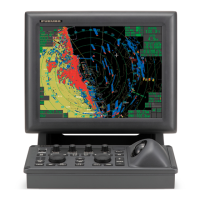Why don't Loran C (or Decca) TDs appear on Furuno Marine Radar?
- DDawn IngramSep 10, 2025
If Loran C (or Decca) TDs do not appear on your Furuno Marine Radar, check that LORAN C (or DECCA) is selected at TD DISPLAY on the GENERAL SETUP menu or check that proper Loran C (Decca) chains codes are entered on the TD SETUP menu.







